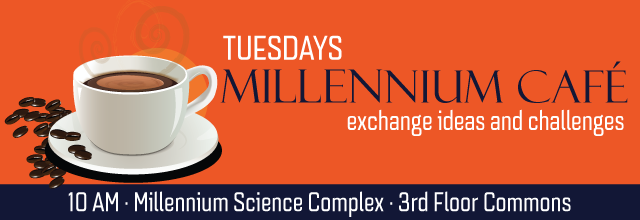
X-ray microtomography has become a standard for 3D exploration of materials microstructure in engineering and medicine. However, while the form of data remains the same, the techniques used to analyze it qualitatively and quantitatively have advanced at varying rates within different disciplines. This is where the Penn State X-MEN enter: our mission is to accelerate the translation of knowledge across disciplinary boundaries, sharing segmentation strategies, feature extraction, and classification methods. From specimen preparation to a Data-Driven modeling we’ve leveraged the strength of five PSU colleges to get the most out of X-ray micro-CT data.
